The Word2Vec algorithm makes use of randomization internally. Further, when (as is usual for efficiency) training is spread over multiple threads, some additional order-of-presentation randomization is introduced. These mean that two runs, even in the exact same environment, can have different results.
If the training is effective – sufficient data, appropriate parameters, enough training passes – all such models should be of similar quality when doing things like word-similarity, even though the actual words will be in different places. There'll be some jitter in the relative rankings of words, but the results should be broadly similar.
That your results are vaguely related to 'universe' but not impressively so, and that they vary so much from one run to another, suggest there may be problems with your data, parameters, or quantity of training. (We'd expect the results to vary a little, but not that much.)
How much data do you have? (Word2Vec benefits from lots of varied word-usage examples.)
Are you retaining rare words, by making min_count lower than its default of 5? (Such words tend not to get good vectors, and also wind up interfering with the improvement of nearby words' vectors.)
Are you trying to make very-large vectors? (Smaller datasets and smaller vocabularies can only support smaller vectors. Too-large vectors allow 'overfitting', where idiosyncracies of the data are memorized rather than generalized patterns learned. Or, they allow the model to continue improving in many different non-competitive directions, so model end-task/similarity results can be very different from run-to-run, even though each model is doing about-as-well as the other on its internal word-prediction tasks.)
Have you stuck with the default epochs=5 even with a small dataset? (A large, varied dataset requires fewer training passes - because all words appear many times, all throughout the dataset, anyway. If you're trying to squeeze results from thinner data, more epochs may help a little – but not as much as more varied data would.)

